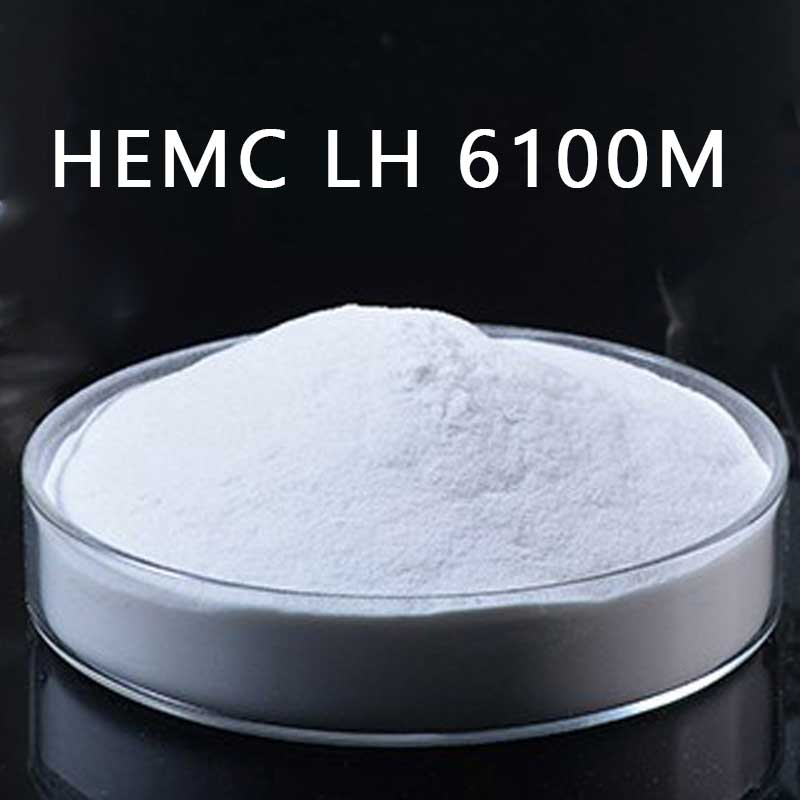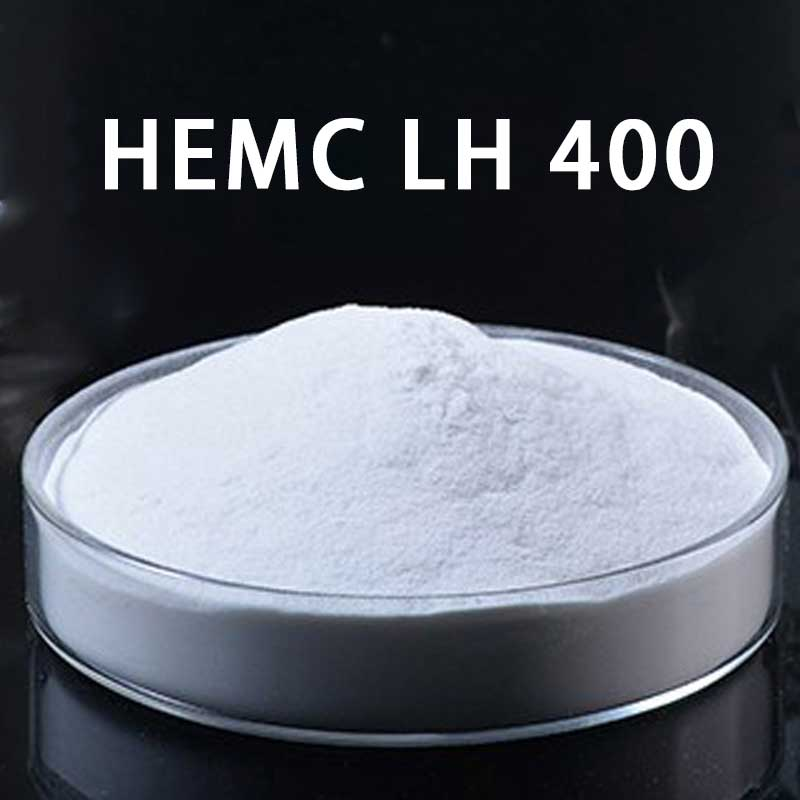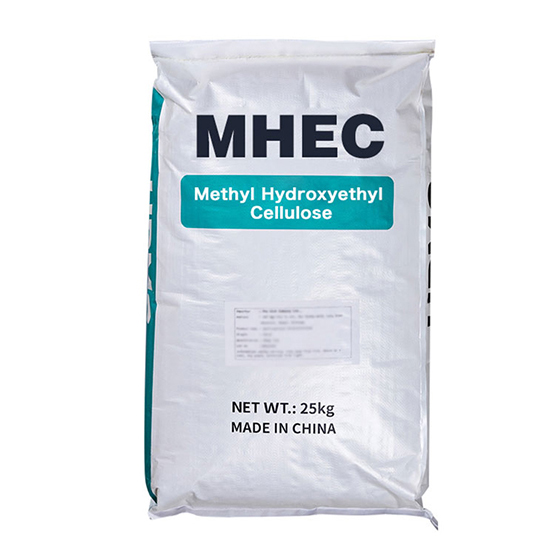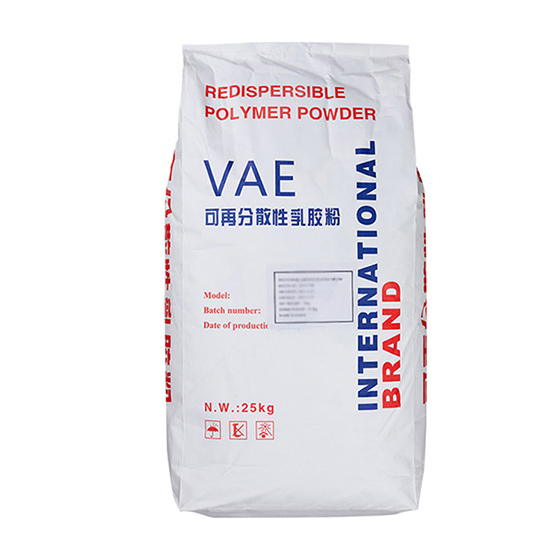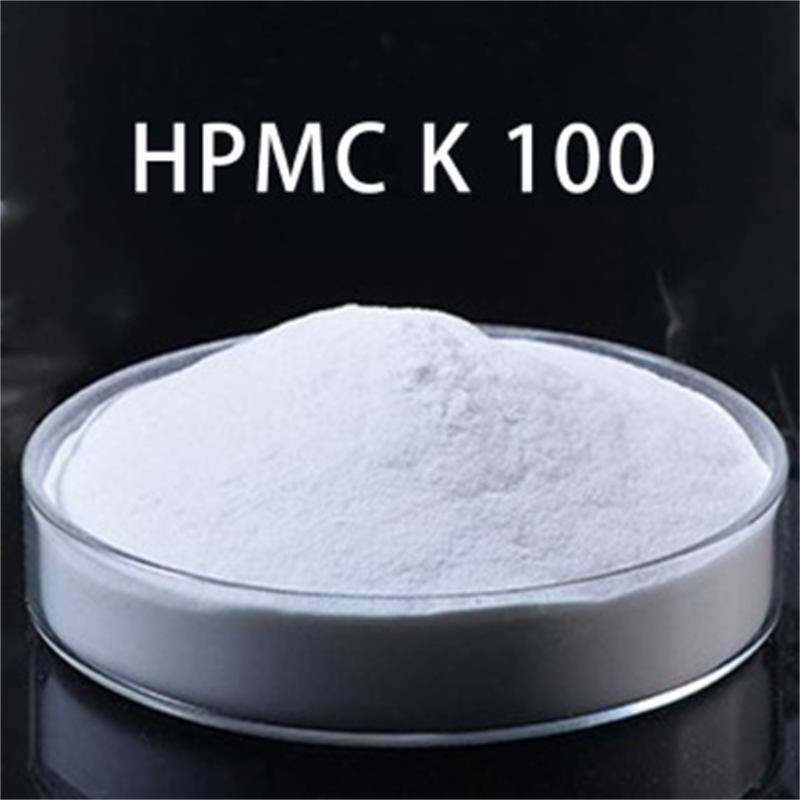
Products
HEMC LH 6100M
Specification of HEMC LH 6100M
| Chemical name | Hydroxyethyl Methyl Cellulose |
| Synonym | Cellulose ether, 2-hydroxyethyl methyl cellulose, Cellulose, 2-hydroxyethyl methyl ether, Methyl hydroxyethyl cellulose, HEMC, MHEC |
| CAS number | 9032-42-2 |
| Brand | EipponCell |
| Product Grade | HEMC LH 6100M |
| Solubility | Water Soluble Cellulose ether |
| Physical form | White to off-white cellulose powder |
| Moisture | Max.6% |
| PH | 4.0-8.0 |
| Viscosity Brookfield 2% solution | 40000-55000mPa.s |
| Viscosity NDJ 2% solution | 80000-120000mPa.S |
| Ash content | Max5.0% |
| Mesh size | 99% pass 100mesh |
| HS code | 39123900 |
Application of HEMC LH 6100M
EipponCell® HEMC LH 6100M hydroxyethyl methyl cellulose (HEMC) stands as a pivotal ingredient in the formulation of mechanical spraying mortar. Its pivotal roles encompass a remarkable thickening prowess, coupled with an exceptional aptitude for retaining water. Additionally, it takes the reins in modulating the density and rheology of the mortar. However, it's not without its limitations. Notably, HEMC introduces an air-entrainment effect, leading to the formation of internal pores and defects. Regrettably, this effect takes a toll on the mortar's mechanical properties, causing a substantial reduction.
With the infusion of cellulose ether into the mortar, a dynamic transformation unfolds. This addition fosters the proliferation of flexible polymer structures within the mortar's pores. While these flexible polymers offer benefits, their role as rigid supports under pressure falls short. Consequently, this intricate interplay diminishes the mortar's prowess in both flexural and compressive strength.
Documents of HEMC LH 6100M
Recommended HEMC for Building & Construction

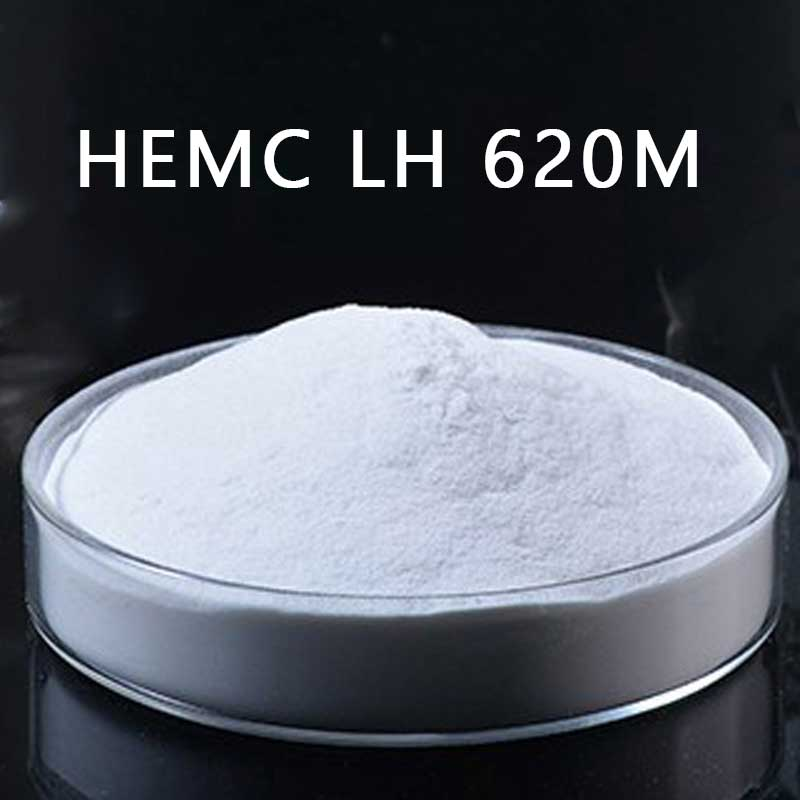
Address
Mayu Chemical Industry Park, Jinzhou City, Hebei, China
Tel/Whatsapp
+86-311-8444 2166
+86 13785166166 (Whatsapp/Wechat)
+86 18631151166 (Whatsapp/Wechat)
Latest information
news


